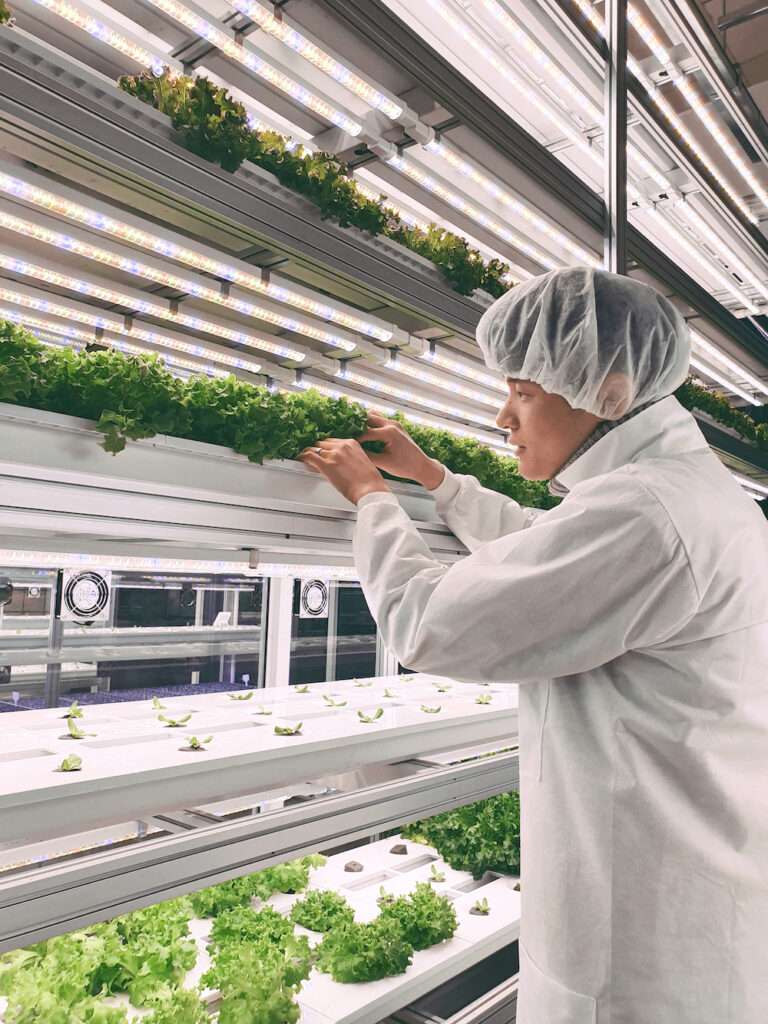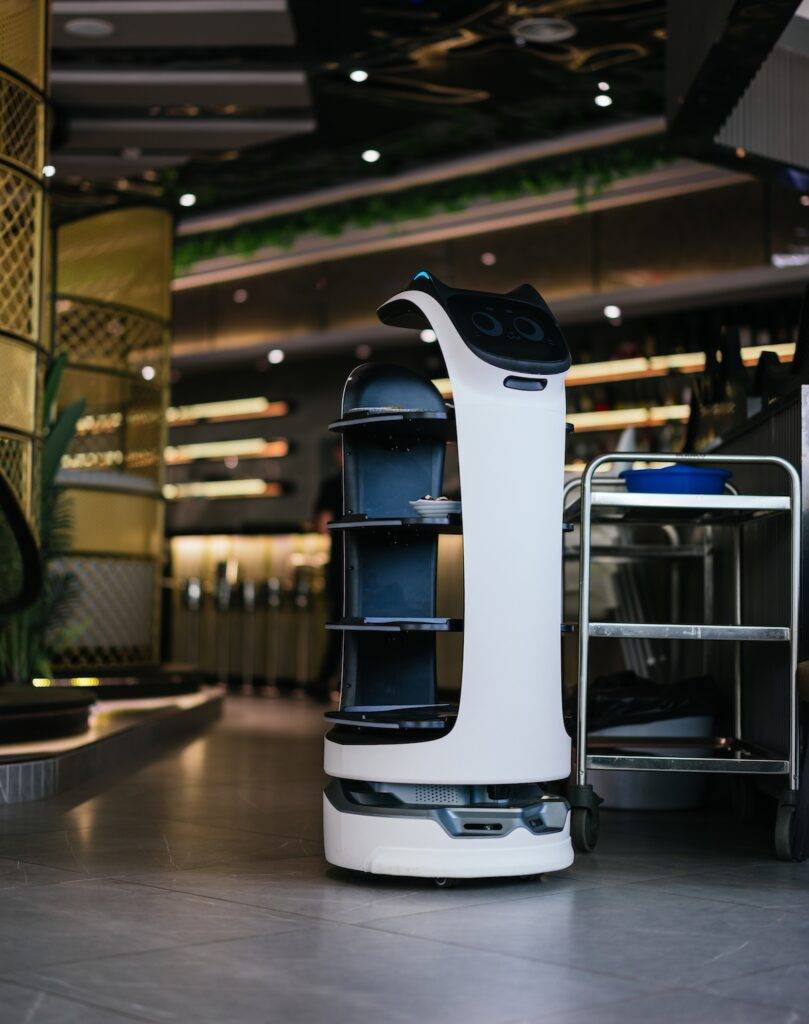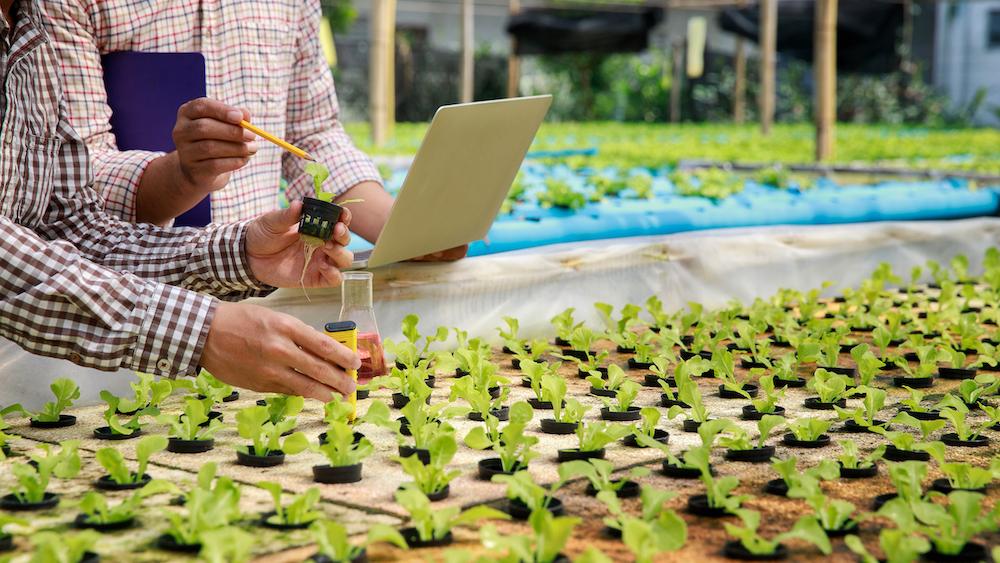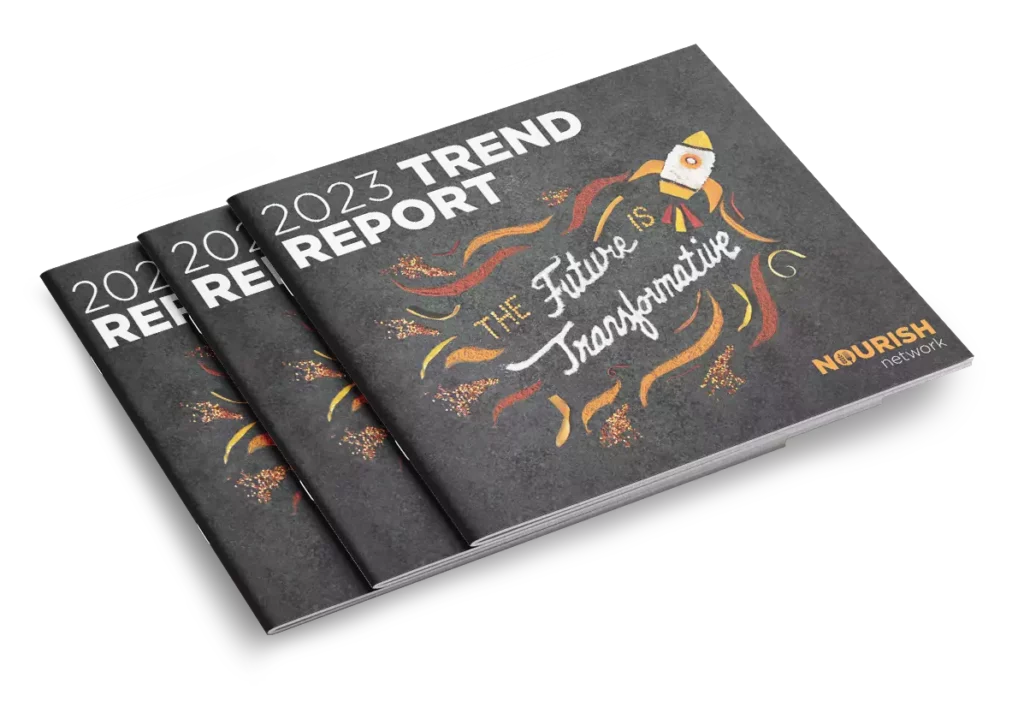By Kristina Smith
The 2023 Nourish Network Trend Report is the seventh annual look at the consumer and industry trends that will shape or, in some cases, upheave the food, beverage, and agriculture landscape.
In the report, three trends caught our eye.
The Rise of Reducatarianism
Trading “either/or” for “everything, but less”
“Reducatarianism is about reducing meat intake rather than cutting it out. A diet blending animal and vegetable proteins results in a more affordable household food budget and planetary budget.
Again, it doesn’t have to be an either/or. It can be an AND. Consumers are naturally becoming less carnivorous due to climate change and animal welfare concerns, but they are not willing to compromise on taste.
Instead, they will trade down on the protein cost scale to reduce climate impact, with high inflation accelerating that reduction.”



Good Eats, Better Sleeps
The role of food as a sleep aid to promote overall well-being
“Interest in sleeping better is out there—so where are the F&B brands? Lots has been written about eliminating caffeine in the evening and blue lights in bedrooms, and plenty of white noise machines and weighted blankets are sold in the pursuit of a good night’s sleep.
But, there has not been much focus on the role of food & beverage in aiding sleep. We know that foods rich in melatonin or melatonin-producing tryptophan include some berries and milk. Magnesium-rich brazil nuts and, of course, CBD can also help sleep.
And, though ‘better sleep’ has been a growing consumer search term, they are not yet linking it to F&B, which signals an opportunity.”
Breaking the Chains
Localized production offers an alternative to shaky global supply chains
“Local food has grown in importance with consumers, who see it as a sign of quality and evidence that you’re supporting your community.
It’s also part of food system resiliency as we enter a period of global unrest, logistic constraints, and shifting economic partners, all coupled with climate change…The new ‘glocal’ shifts away from global food sourcing towards bolstered domestic supply chains to preserve food sovereignty.”
You don’t have to work in the food and beverage marketing industry to find insights like these fascinating, so we were delighted to connect with Jo-Ann McArthur, President of Nourish Food Marketing, to learn more.
Download the full report at nourish.marketing/trend-report
Wander: How did the creation of your agency, Nourish Food Marketing, originally come about?
Jo-Ann: We weren’t a specialized agency originally, but we won a food client early on and thought it then made sense to know a lot about a little. I’d spent my career in the food and beverage and packaged goods industry, so it was an area I felt comfortable with and loved. And I’m proud to say that 14 years later, we still have our original food client!
What key services do you provide to your clients?
We are a full-service agency, with everyone here being a food and beverage specialist. We do everything from branding, packaging, and traditional and digital advertising and marketing, plus we have a test kitchen attached to a video and photography studio. So we can provide a one-stop shop for our clients.
Do you have requirements for taking on new clients or products in the food space (for example, sustainability, plant-forward, dietary restrictions)?
We work with clients across the entire North American food ecosystem, field-to-fork and source-to-shelf, including commodity groups, producers and processors, retailers, food service, and associations.



You created the Nourish Food Marketing Trend Report in 2018—did you see a gap in the market?
Because there wasn’t anyone specialized in the area, we saw an opportunity to share our knowledge and make our trend report our gift to the industry. As a result, we can often connect dots that others may need help seeing.
We learn from working across numerous categories, so it advises our gut feel, but we never share any proprietary knowledge. We also do industry-specific trend reports to help clients develop their innovation pipeline and future-proof their business.
How long does it take to craft the report, and does your team do a look-back assessment at the end of the year?
We are building areas throughout the year, but the big push comes in October when we narrow themes and stay writing and designing the report. We consult multiple databases and conduct original research. And we always look back and encourage others to consult our past reports—first to see what our track record is like but also because trends from past years continue to build over decades.
We’re not talking about fads here. For instance, in the 2018 report, one of our trends was Radical Transparency, where we envisioned smart labels allowing consumers to trace the entire journey of a product with blockchain that would provide transparency on international food chains. That trend continues today.



